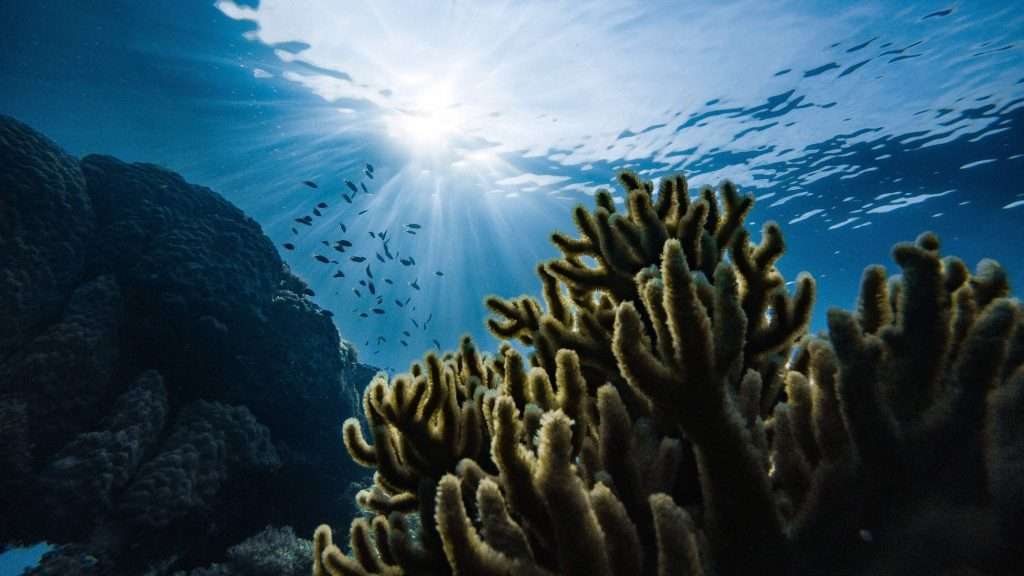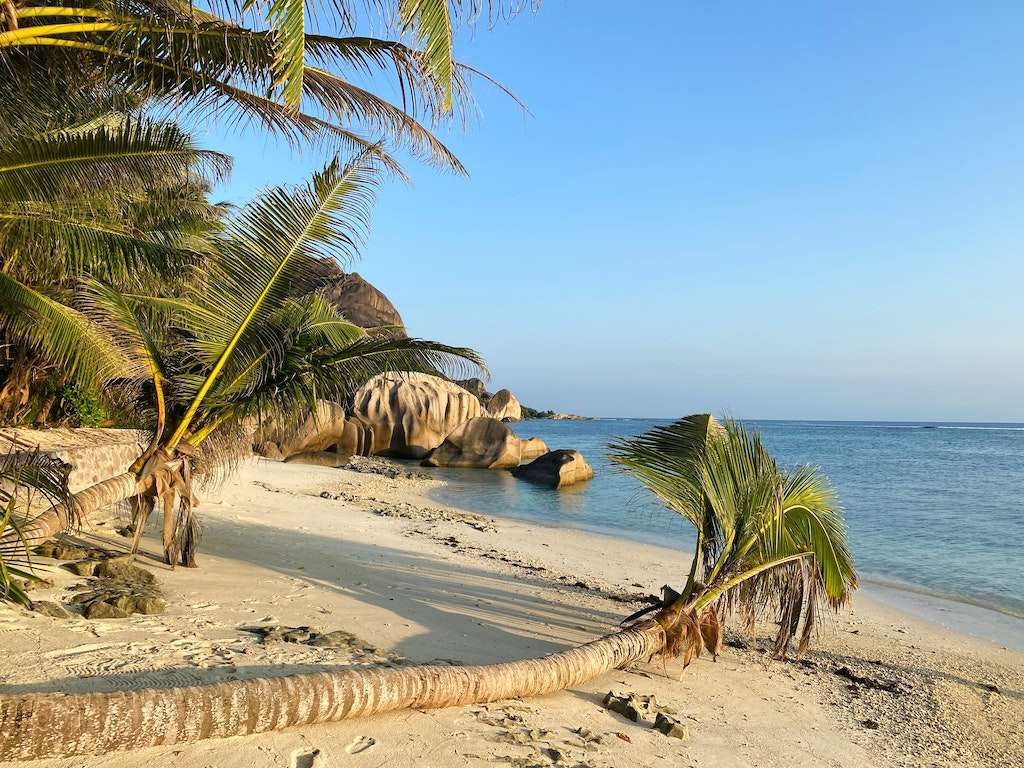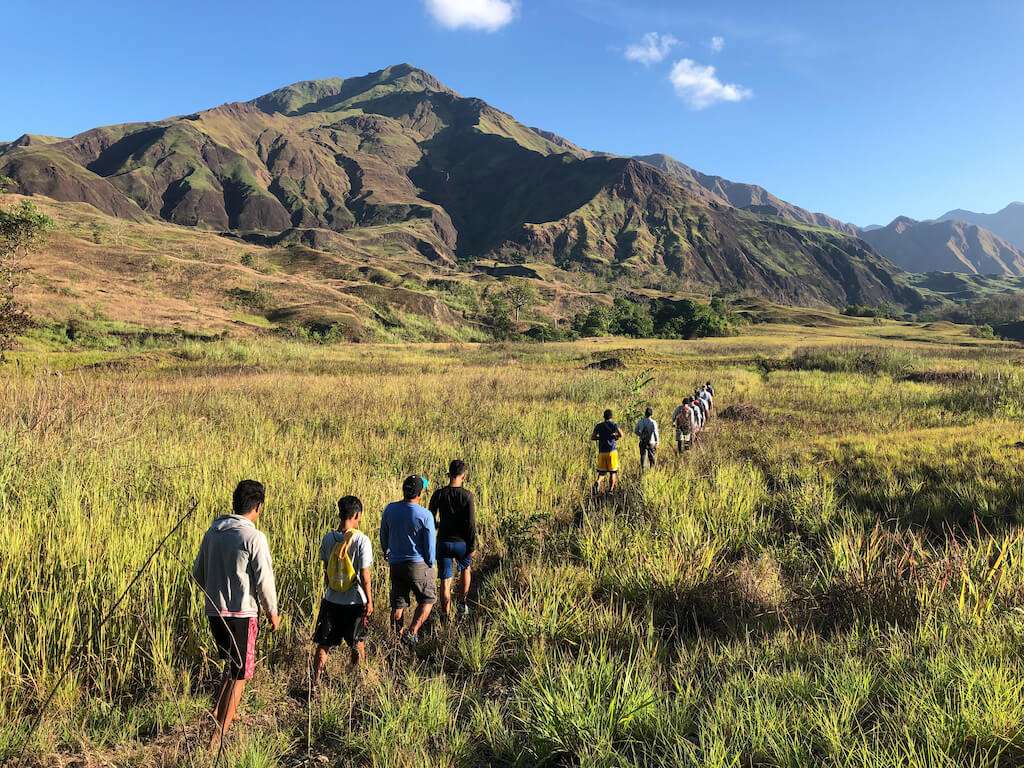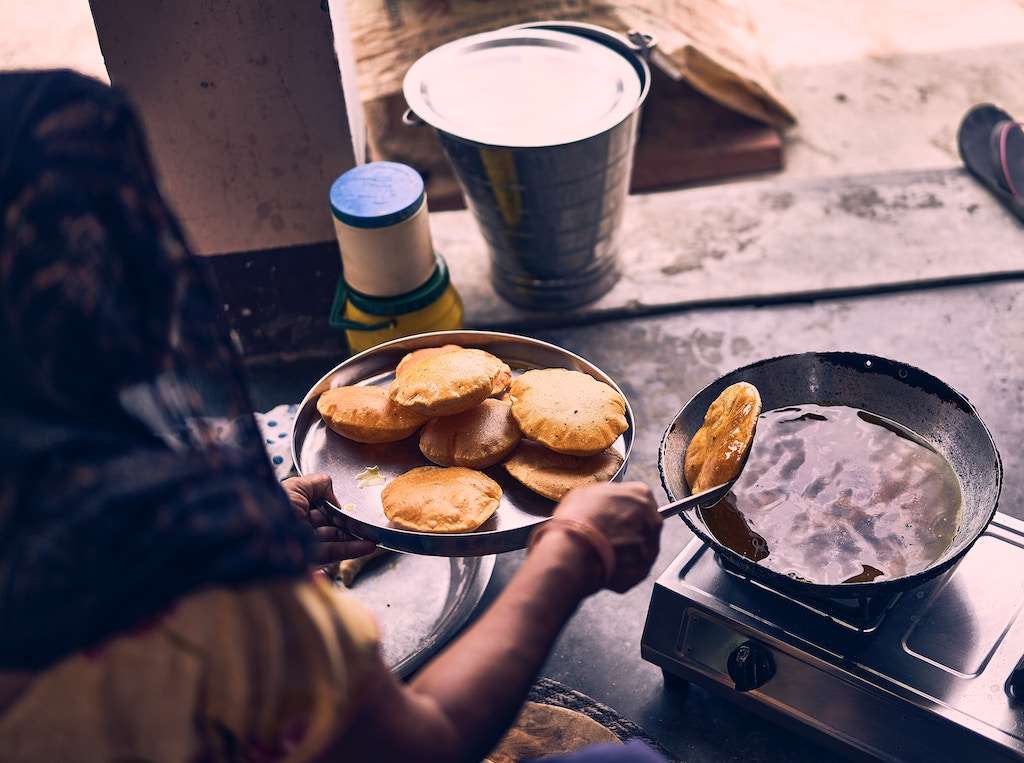As you follow your wanderlust, travel sustainably with these essential dos and don’ts.
Fancy yourself a bit of a jet-setter but want to remain eco-conscious? Traveling offers eye-opening experiences and allows you to engage with different cultures from across the world. But over the years, increasing numbers of tourists have taken their toll so much so that local communities and environments have become significantly compromised.
That doesn’t mean we all need to stay at home. And in a number of cases, destinations are taking measures to curb bad habits that harm environments, communities, and ecosystems.

For example, Hawaii has banned the sale of reef-toxic sunscreens. Amsterdam has limited the number of Airbnb rentals, and Dubrovnik has limited the number of cruise ships that can dock each day. Meanwhile, Boracay in the Philippines demanded a six-month closure to rehabilitate it. And in Palau, visitors can earn rewards for practicing sustainable tourism.
The UN defines sustainable tourism as taking full account of a destination’s current economic, social, and environmental impacts, addressing the needs of visitors, the industry, the environment, and host communities. You can help to achieve a balance through considerate sightseeing and making wise decisions based on plenty of research beforehand.
Sustainable travel tips: the do’s and don’ts
Ready to head out? Here are some factors you should think about when planning your next trip away.
1. Destinations
Do consider where you go and where stay.
Choosing your hotel makes a difference. Resorts like Six Senses or the Small Luxury Hotels of the World’s Considerate Collection that prioritize sustainability, can help keep your trip more eco-friendly.
Don’t be afraid to try less popular cities, countries, or towns. In 2019, a dozen sustainability organizations identified destinations where you can leave a light carbon footprint.

According to this list, towns and cities such as Ljubljana in Slovenia, which was voted Europe’s greenest city by the E.U., received a lot of acknowledgment. This is due to the city’s good public transport, pedestrian, and cycling infrastructure, on top of commitments to protecting green space. There’s a whole world of places to visit and often the best memories are made where you’d least expect it to happen.
2. Packing
Do pack the most sustainable options, which are items you already have in your wardrobe. If you do need to buy new items, consider buying secondhand or borrowing from a friend. Remember to pack items that are comfortable as opposed to stylish, otherwise, you might find yourself having to buy additional items while out there.
Bring items that are versatile and can be easily hand washed and dried in your hotel bathroom in a pinch. Pants, shorts, or skirts can be worn several times without a wash so pack fewer of those and then mix-and-match outfits by packing tops that work with all of your bottoms.

Then, for additional items, keep the goal of remaining zero waste in mind. This might mean that you pack reusable containers so you can limit plastic packaging or filtered water bottles, which come in handy in places where you can’t drink local tap water. Try to bring all your own toiletries too, so you can avoid using single-use hotel products.
Don’t overdo it. Bringing too much weighs down your luggage and contributes to increased fuel use in airplanes, cars, and boats. And most travelers typically end up wearing the same items several times. And don’t go crazy with the souveniers, either. While it’s important to support local businesses, you can do that with meals, hotels, spa services, and more. Keep the tchotchkes to a minimum.
3. Slowing down
While it might be tempting to rush, it’s generally encouraged to slow down while traveling, allowing you to really take in your destination and the local culture.
Do try to venture away from the mass tourist traps and support local economies instead. For example, rather than joining the crowds flocking to the Taj Mahal, consider other activities that won’t necessarily be on most tourists’ radar like visiting a local market, park, or smaller temples.

You can build more meaningful connections with the locals and enjoy the destination for what it really stands for, beyond any tourist traps. Try to book at least a few days at each destination to stop you from rushing around. If you go on any tours, try to stick with those run by locals as opposed to big companies.
Don’t be too spontaneous. While spontaneity is the spice of life, put some limits on your wanderlust. Otherwise, jumping into a new plan with no planning can lead to excessive waste and environmental impact. Plan your trip essentials in advance, such as flights and hotels, and within that, you’ll find plenty of room to follow your gut.
4. Visit parks and protected areas
Do explore the local nature. There are many populous tourist spots in some countries and it’s important to remember all this footfall will be leaving marks on the local environment. Instead, you could go for national parks, marine sanctuaries, and other natural spots, to get up close to nature; these are often home to rare species that you may be able to spot along the way.

Don’t venture off marked paths or protected areas as this can disturb fragile ecosystems, introduce disease, and threaten wildlife. And don’t leave any waste — whatever you bring into the parks, be sure to bring it out. (See our guide to leaving no trace for more information.)
5. Eat local
Do explore local neighborhood restaurants for the true cultural experience. And if possible, check out the local farmers’ markets for fresh fruits and vegetables. If you don’t have cooking access at your accommodations, you can still snack on fresh fruits. You can also find breads, preserves, coffee and other locally made foods at the farmers’ market.

Don’t eat at chain restaurants (unless it’s your only option like being stuck at the airport, etc). Not only is the food not amazing at most chain restaurants but they also take business away from the local restaurateurs. Typically, the chain restaurants are just a few blocks from local joints. Look for those instead. And don’t eat too many high-carbon foods such as meat, milk, and eggs. Eating as plant-based as possible can help to offset the impact of your air travel and it can help keep you feeling healthy for your adventures, too!
6. Transport
Do consider your transportation impacts. As one of the globe’s most pollutive industries, choosing the right transport can be key to the carbon footprint you leave behind when traveling. While in some cases the only choice is to travel by air, sometimes you’ll have other options available to you and they may even be cheaper.

Coaches or night buses can be a popular choice if you’re hopping from place to place, as well as ferries. You can even arrange an airport shuttle to and from the airport —every journey counts, even in the early stages of your adventure!
Don’t be unnecessarily wasteful in your travels. Try stacking trips if you’ve got several destinations on your radar. Avoid renting a car if possible and take public transportation, rideshares, or walk — it’s the best way to see a destination!
7. Etiquette
Do practice etiquette by embracing local cultures.
Sustainability doesn’t solely focus on environmental elements and the need to cut down your carbon footprint. It also encompasses social factors, which include how you interact with others. During your travels, you’re likely to be exposed to different cultures and people who may do things a little differently from you.

It’s essential to maintain good etiquette and be willing to learn about the community you’re interacting with.
Don’t disturb the harmony of a place with unreasonable requests or thoughtless actions. Be sure to leave no waste behind and be mindful of the amount of water or food you’re consuming. Set time aside to research the areas you’ll be visiting so you know what to expect.
Related on Ethos:


